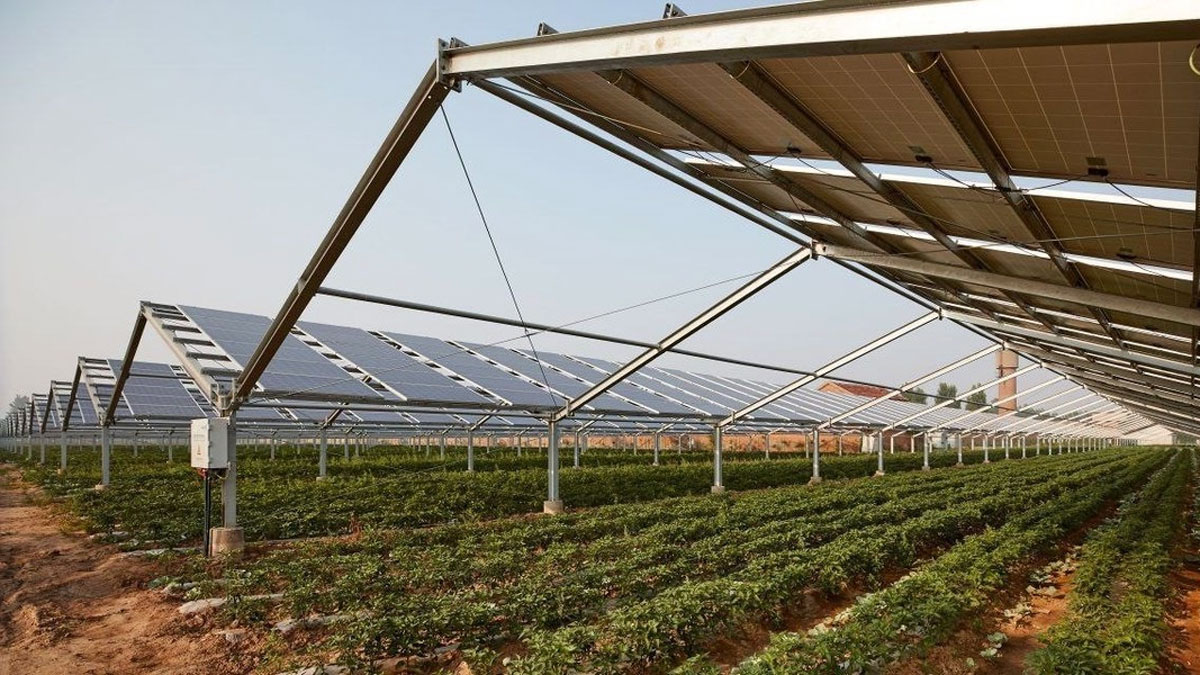‘Agrosolar Kula’ Project: Fintel Energija and MK Group Bring Innovation in Energy Production and Agri-food
Fintel Energija and its partner company MK Group bring great innovation to Serbia and the region, which will confirm its leading position in the production of energy from renewable sources and in the agri-food sector. This is the ‘Agrosolar Kula’ Project, the first agro-energy project in Serbia and in the Balkans, and also the largest in Europe. The value of the investment is 340 million euros, and it will be realized on the territory of the municipality of Kula.
Agrivoltaics means a technological solution that enables the simultaneous production of agricultural crops and energy from sunlight on the same surface. The innovative application of solar panels in combination with vegetation creates such a microclimate which, on the one hand, raises the productivity of agricultural production, and on the other hand, the efficiency of energy production. The good side is also reduced carbon emissions and water consumption for irrigation. In doing so, MK Group opted for organic agriculture on the land where the project will be implemented, so that no pesticides, herbicides, or fertilizers will be used.
“Smart agriculture and green energy have been in focus for a long time, and the ‘Agrosolar’ Project is based on their synergy. This system achieves the optimization of land use and its maximum utilization, with a positive impact on the environment. That is why this pioneering investment of Fintel Energija and MK Group is of great importance for the sustainable development of agriculture and production of energy from renewable sources. We expect it to generate strong added value for both sectors,” said Tiziano Giovannetti, CEO of Fintel Energija.
The beginning of the ‘Agrosolar Kula’ Project is planned for April 2022, and the realization will last a little over a year. In the initial phase, it will cover 700 hectares of land in Kula, divided into seven zones for various organic crops, the production of which will be possible for as much as 11 months a year. On approximately one third of the total area, solar panels will be installed in regular rows and with a distance between the rows for performing the planned agricultural works. The annual planned production of green energy is about 832 gigawatt hours, which meets the needs of about 200 thousand households.


